Do concrete paints (drylock) actually work?
tom_p_pa
18 years ago
Featured Answer
Comments (29)
jasonmi7
18 years agolesliew
18 years agoRelated Professionals
Las Vegas Kitchen & Bathroom Remodelers · Republic Kitchen & Bathroom Remodelers · Weston Kitchen & Bathroom Remodelers · Broadview Heights General Contractors · Bryn Mawr-Skyway General Contractors · Norman General Contractors · Norristown General Contractors · West Babylon General Contractors · Overland Park Painters · Elyria Painters · New Bern Painters · Sterling Painters · Tampa Painters · Walnut Creek Painters · Woodbridge Paintersmowers
18 years agomatt_r
18 years agopete_p_ny
18 years agomowers
18 years agonaturalstuff
16 years agohendricus
16 years agoctbosox
16 years agobrickeyee
16 years agocurtosborne
15 years agodrywall_diy_guy
15 years agomaryland_irisman
15 years agoecosmartsystems
14 years agordasmile1352
13 years agomacv
13 years agomacv
13 years agoalarison12_yahoo_com
13 years agobeer_jedi_hotmail_com
12 years agoDan2249
12 years agobrickeyee
12 years agoTomStephenson
12 years agorbernard
12 years agomillworkman
12 years agorailroadrabbit
10 years agowait49
7 years agoMario Marini
3 years agoMike Ortiz
3 years ago
Related Stories
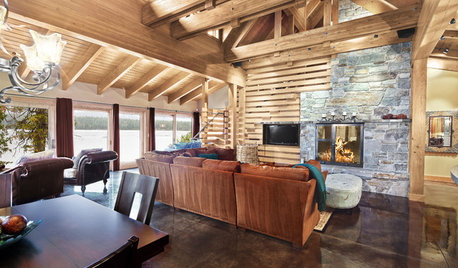
REMODELING GUIDESObjects of Desire: Beautifully Individual Concrete Floors
Concrete comes in more colors and finishes than ever before. See if these 6 floors open your eyes to the possibilities
Full Story
GREEN BUILDINGConsidering Concrete Floors? 3 Green-Minded Questions to Ask
Learn what’s in your concrete and about sustainability to make a healthy choice for your home and the earth
Full Story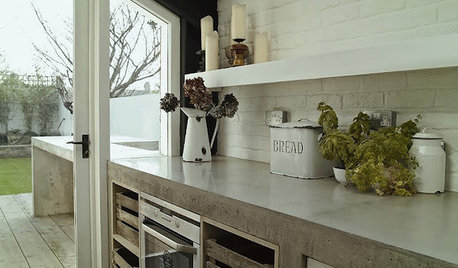
KITCHEN COUNTERTOPSKitchen Counters: Concrete, the Nearly Indestructible Option
Infinitely customizable and with an amazingly long life span, concrete countertops are an excellent option for any kitchen
Full Story
CONCRETEWhy Concrete Wants to Crack
We look at the reasons concrete has a tendency to crack — and what you can do to help control it
Full Story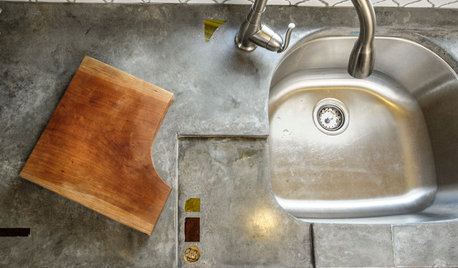
KITCHEN COUNTERTOPSCast Concrete Countertops With a Personal Twist
From frame making to pouring to inlays, learn how concrete counters are cast — and how an artisan embellishes them
Full Story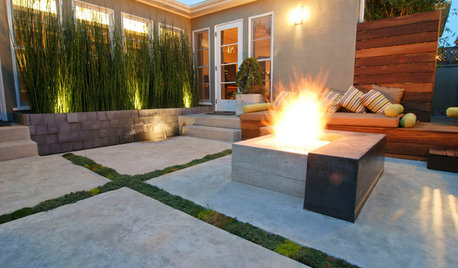
GREAT HOME PROJECTSHow to Tear Down That Concrete Patio
Clear the path for plantings or a more modern patio design by demolishing all or part of the concrete in your yard
Full Story
FLOORS5 Benefits to Concrete Floors for Everyday Living
Get low-maintenance home flooring that creates high impact and works with home styles from traditional to modern
Full Story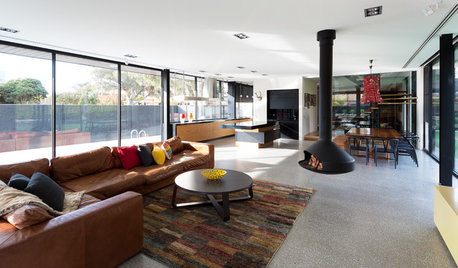
FLOORSKnow Your Flooring: Concrete
Concrete floors have a raw and elegant beauty that can be surprisingly warm
Full Story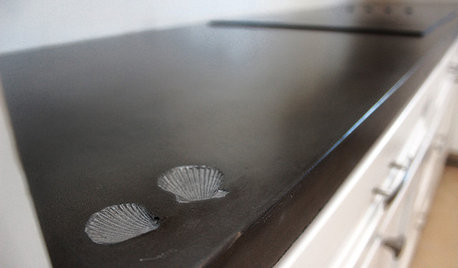
KITCHEN COUNTERTOPSElephants of the Kitchen? What to Know About Concrete Counters
Concrete countertops are beautiful, heavy and cool — and have their own peculiarities. And a lot in common with certain gray pachyderms
Full Story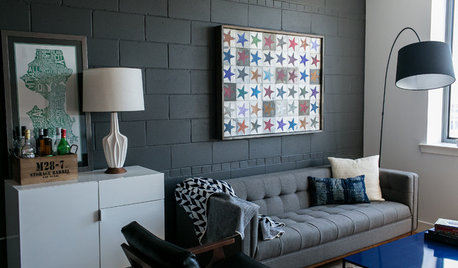
INDUSTRIAL STYLERoom of the Day: Concrete Block Goes Chic in a Living Room
Designers put a fresh face on a workaday material in this Washington, D.C., condo
Full StoryMore Discussions






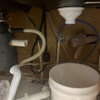

User